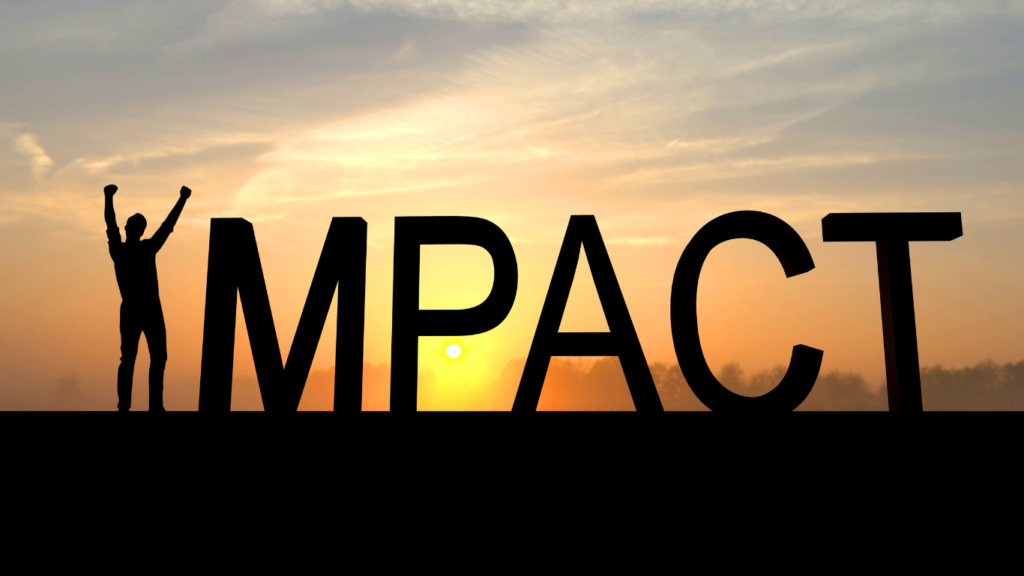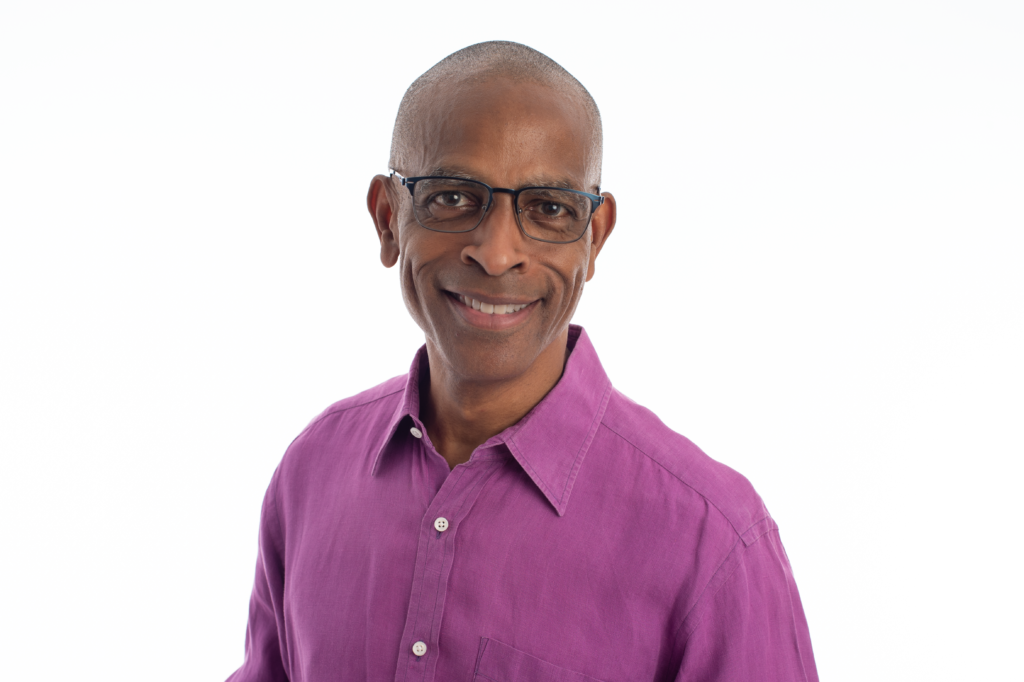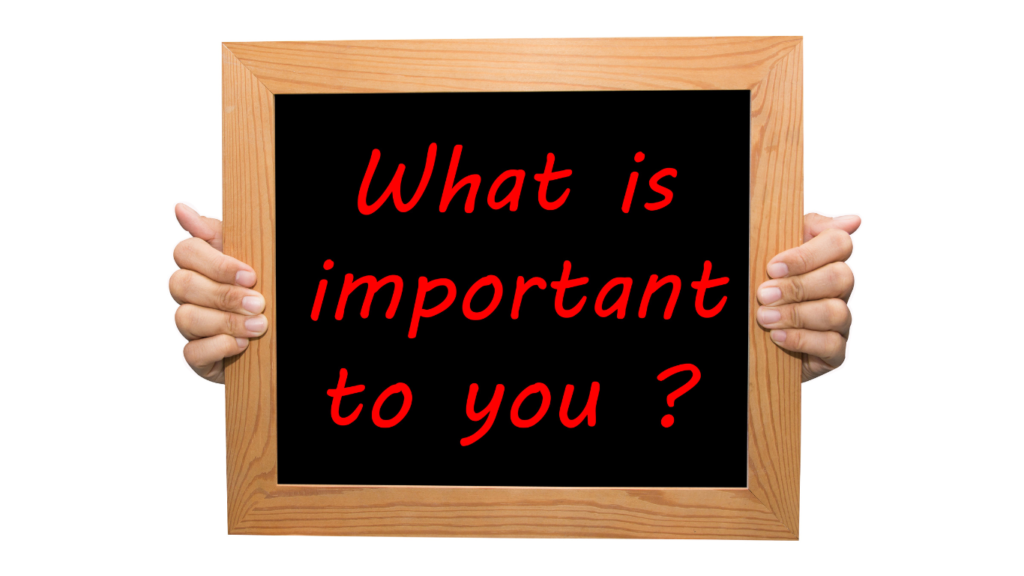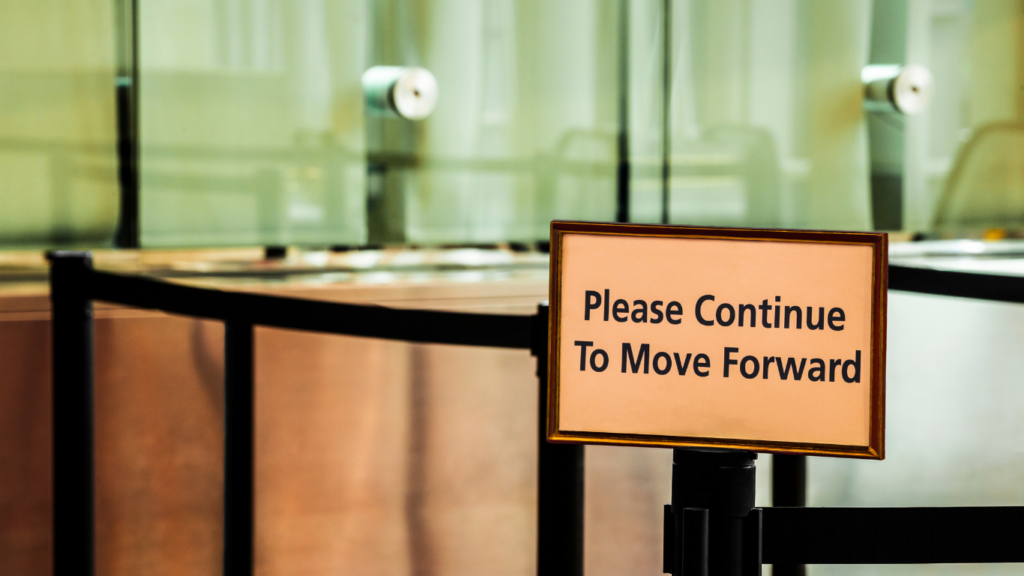
Whether it’s the 70% of companies investing in one form of content marketing or another to transfer knowledge about products, or the 65% of our social conversations that are grounded in personal sharing and gossip, we rely on a story as our main medium of telling our tales that speak to our humanity and our spirituality.
Storytelling can sell a product or alienate a brand. It can raise awareness of social issues and change the course of society. Storytelling can make complex topics more manageable.
Storytelling is a powerful tool when used correctly. Relating facts is not enough. Interweave those facts into something your audience can care for – is invested in. Deliver the story with impact.









